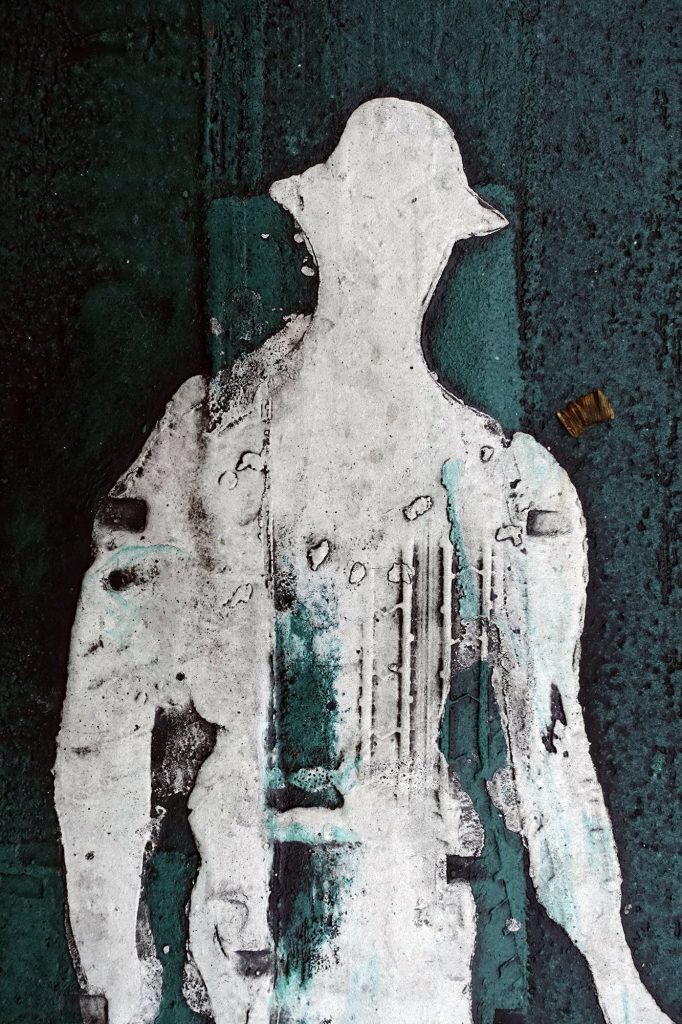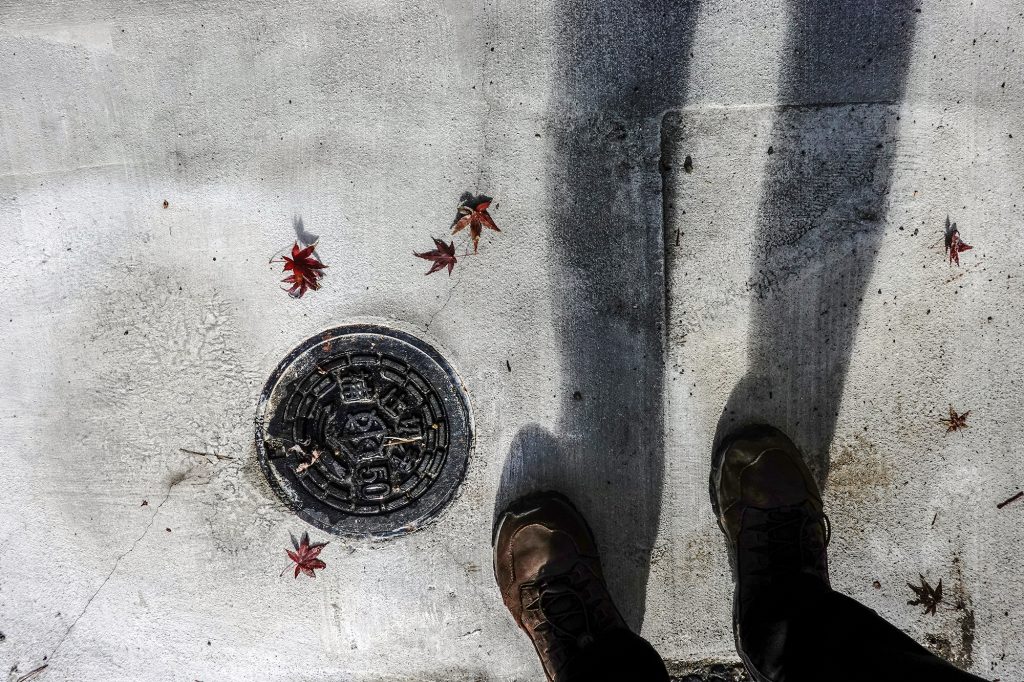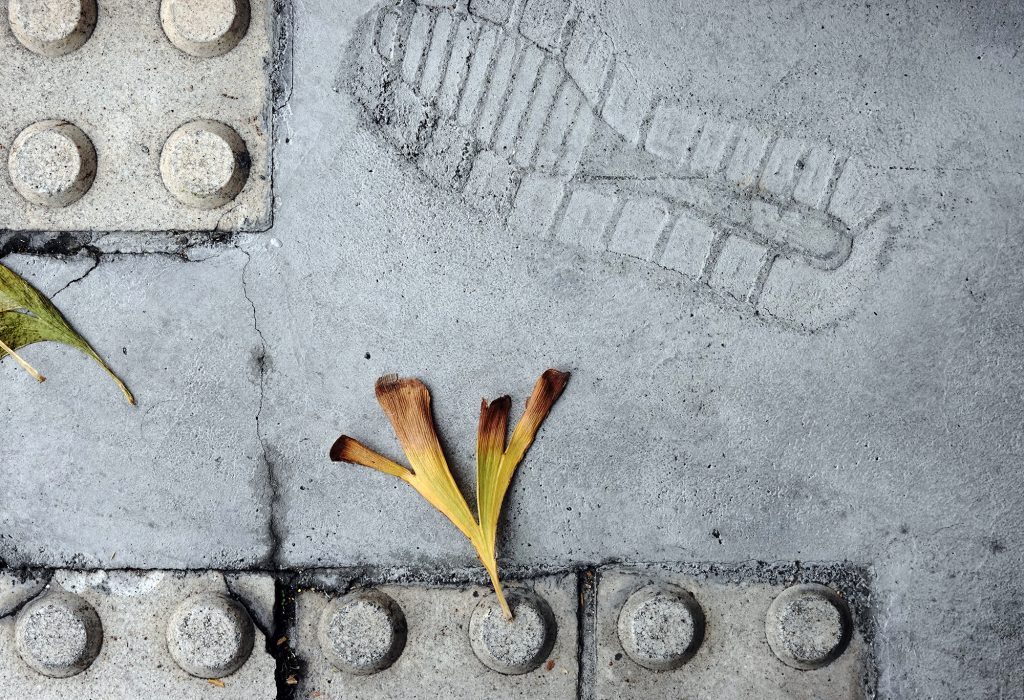As the deadline nears for the 2019 Writers in Kyoto Competition (March 31), we turn back the clock to look again at some of the winning entries from years past to see if there is anything that might serve as inspiration for those thinking of entering. (Full details of how to enter can be found by clicking on the link to the right.)
The following piece was submitted by Peter Mallet. The judges felt this got under the surface of life in Kyoto by revealing something of the feelings that lie beneath those elegant kimono. Moreover, it seemed an opportune and appropriate subject matter, given the importance of Nishijin weaving and the prevalence of kimono-wearing females in recent times on the streets of the city.
****************
Kimono Memories
Mothballs. The odour of naphthalene hit her nose as she opened the chest. She unwrapped and took out the carefully folded kimono – the formal black one, the one she would need. Beneath it, the autumn kimono with its pattern of maple leaves she’d worn for her daughter’s shichi-go-san ceremony at the Kitano Temmangu Shrine, in the Nishijin district where the silk for the garment had been woven.
Layers of a life: her history entwined with the fabric.
At the bottom of the pile lay the exquisite furisode kimono she’d worn for her engagement ceremony. She stroked the soft silk lovingly, admiring once again the shibori embroidery. Such fine work: it had cost her parents dearly. A necessary expense, however, to ensure a good marriage into a suitable Kyoto family.
An expense for an item she never, of course, wore again once the marriage negotiations were settled. She’d hoped her daughter might wear the long-sleeved kimono when she became of age but patterns and colours had changed and Megumi refused to contemplate a 25-year-old hand-me-down.
Had it been a ‘good’ marriage? Hiroshi had certainly been eligible – a doctor with his own clinic in downtown Kyoto. She’d enjoyed the privilege of his status, the material rewards of high salary. He’d denied her nothing. Nothing but the one thing she’d wanted.
As her mother-in-law demanded, she pretended to be ignorant of the betrayals, his string of infidelities. The traditions of this city had bound her as tightly as the obi she’d tie around her waist for the ceremony tomorrow.
The black kimono would still smell of mothballs in the morning. How could she have prepared it for her husband’s funeral? Who could have expected him to die of a heart attack, aged only 56, in such a compromising situation?

 Risa Wataya
Risa Wataya





















 Self-Introduction: Rick Mitcham
Self-Introduction: Rick Mitcham
















Recent Comments